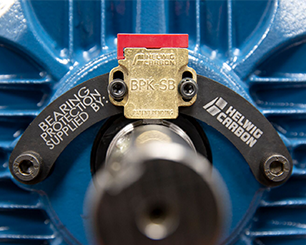Electromatic
Senior Member
- Location
- Virginia
- Occupation
- Master Electrician
I don't do a lot of work with VFDs but enough to know the basics. While looking at a job to replace some MCCs with VFDs, I discovered that NFPA 79 in 2018 states, “Electrical conductors and equipment supplied by power conversion equipment as part of adjustable speed drive systems and servo drive systems shall be listed flexible motor supply cable marked RHH, RHW, RHW-2, XHH, XHHW, or XHHW-2.” We don't do enough industrial work to follow updates to NFPA 79.
I know the principles behind using R- and X- types of insulation with VFDs. My main question here is the use of the word "cable." I think of cable as a multi-conductor assembly. Is this recommendation (or mandate) meant only to apply when using pre-manufactured "cables" with conductor symmetry, symmetric grounds, etc. selling points, or does it apply to wiring with individual conductors in conduit also?
We're on NEC 2014, and I personally have never seen NFPA79 called out or enforced. I'm more just curious as to the extent to which this standard is meant to apply.
I know the principles behind using R- and X- types of insulation with VFDs. My main question here is the use of the word "cable." I think of cable as a multi-conductor assembly. Is this recommendation (or mandate) meant only to apply when using pre-manufactured "cables" with conductor symmetry, symmetric grounds, etc. selling points, or does it apply to wiring with individual conductors in conduit also?
We're on NEC 2014, and I personally have never seen NFPA79 called out or enforced. I'm more just curious as to the extent to which this standard is meant to apply.


